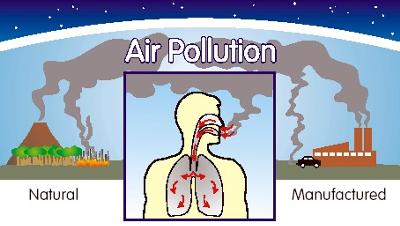how does popcorn pop
by cj
(saskatchewan)
we figured out that theres water inside and told all the kids that
Barry's Response - The kernels hold both water and oil. The non-porous shell keeps them in for a long time.
When it gets hot and the water needs to boil, so-called superheated steam pushes out and at the same time the hull has been softening from the heat. Eventually it breaks. The whole thing explodes and freezes into the familiar styrofoam-like state, which cools and sets almost instantaneously.
For this, you need a certain type of corn. Not all corn (maize) pops in this manner when heated. The non-porous shell helps ensure this water-retention capability. The kernel has to keep the water locked in near the centre so that this tiny pool does not evaporate even when the rest of the kernel does, even after being left out in a dry environment for a long time.
Not only moisture, but oil as well. The oil collects heat to transfer to the water. A mantle-like layer of starch surrounds the water and becomes quite soft when heated,something like caramel. Meanwhile, the water inside becomes superheated and the pressure builds up from within.
While this happens, the starch mixture becomes even more soft and gooey, and finally the outer shell cracks under all this pressure. When this happens the whole thing blows up like thunder and the starch expands, depressurizes and cools, almost instantly. It becomes stiff just as fast and the popped kernel now retains its new shape. Voila!
Now you have it, cj.
Search this website for more scrumptious information now.
Do you have concerns about air pollution in your area??
Perhaps modelling air pollution will provide the answers to your question.
That is what I do on a full-time basis. Find out if it is necessary for your project.
Have your Say...
on the StuffintheAir facebook page
Other topics listed in these guides:
The Stuff-in-the-Air Site Map
And,
Thank you to my research and writing assistants, ChatGPT and WordTune, as well as Wombo and others for the images.
GPT-4, OpenAI's large-scale language generation model (and others provided by Google and Meta), helped generate this text. As soon as draft language is generated, the author reviews, edits, and revises it to their own liking and is responsible for the content.




